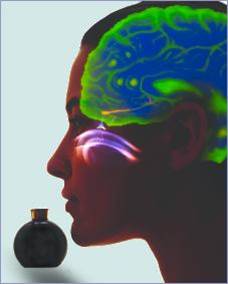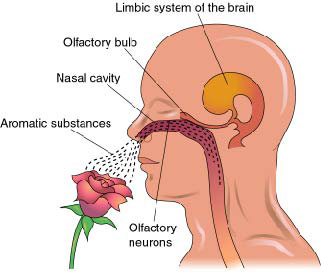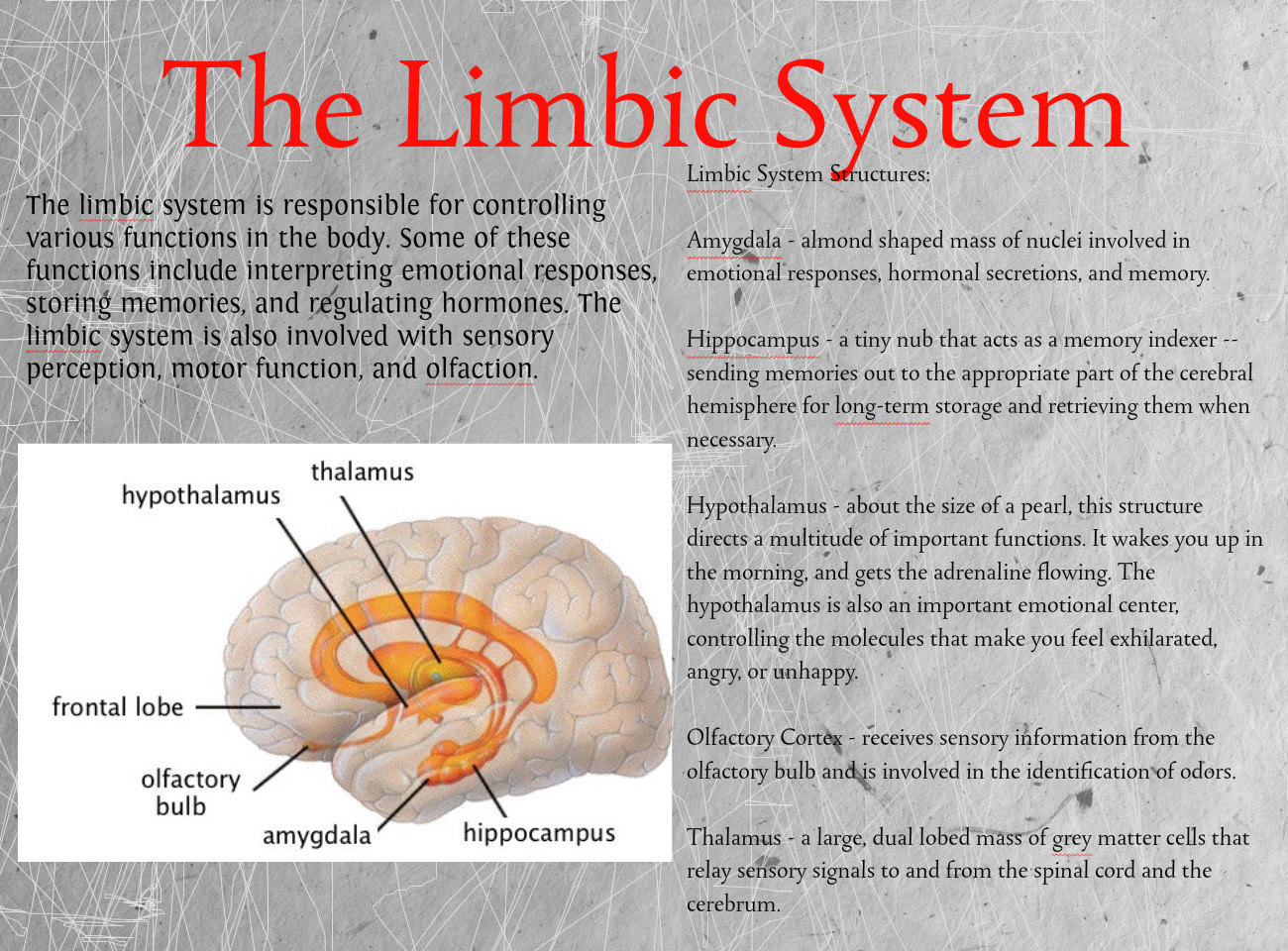integrative medicine
Aromatherapy
Aromatherapy is the ability of pure essential oils to affect humans on a physical, mental, emotional, spiritual and sexual level. Aromatherapy is the skilled and controlled use of essential oils for their healing properties. Aromatherapy has been used for thousands of years by various cultures and ancient civilizations to affect any of the above moods, in rituals, ceremonies and celebration.
Holistic aromatherapy restores physical, mental, emotional and spiritual health. When essential oils are correctly used, the oils can address such conditions as anxiety, depression, muscles aches, headaches, PMS and menstrual problems, back pain and insomnia to name a few.
History
Aromatherapy has been used as far back as fourth century BC. It has been used in Egypt, India, Middle East, Rome and Greek civilizations. The scientific study of therapeutic oils was discovered accidentally in 1928 by the French chemist, Rene-Maurice Gattefose. He burnt his hand in his lab one day and thrust his hand into the nearest cold liquid. This liquid turned out to be lavender oil. The pain was lessened, and he found his hand healed rather quickly with no scars. He dedicated his life to researching the essences of plants and coined the term “aromatherapy.”
What does research say about essential oils?
“It came into existence after the scientists deciphered the antiseptic and skin permeability properties of essential oils. Inhalation, local application and baths are the major methods used in aromatherapy that utilize these oils to penetrate the human skin surface with marked aura. Once the oils are in the system, they remodulate themselves and work in a friendly manner at the site of malfunction or at the affected area. This type of therapy utilizes various permutation and combinations to get relief from numerous ailments like depression, indigestion, headache, insomnia, muscular pain, respiratory problems, skin ailments, swollen joints, urine associated complications etc.” Ali et al. (2015)
What are essential oils?
Essential oils (volatile, aromatic liquids) are extracted from petals, flowers, leaves, bark, nuts, berries, wood, roots, gum and resins. They contain hundreds of bio–chemicals.The oils are collected by either steam or water distillation extraction methods from leaves, petals, stem, bark, nut kernels, stalk, gum, resin and roots. The vital element in any aromatherapy treatment is the pure essential oil. These oils are very different from the heavy cooking oils. Pure essential oils are concentrated essences, much lighter than water and highly flammable. They are volatile oils as they evaporate quickly when they come in contact with air. So they are mixed with carrier oils (sweet almond oil, jojoba oil, coconut oil, Argan oil, etc.) to capture their therapeutic properties. Because they are concentrated they are measured in drops (McGilvery & Reed). Regular use can create dramatic feelings and improvements in general health.
See Aroma Fig 1.

Source: http://www.greensations.com/Natural-Aromatherapy-s/113.htm
Properties of essential oils
Essential oils can be divided into three components- relaxing or calming oils, stimulating oils and uplifting oils. These oils are added to numerous commercial products for personal use to household use. Essential oils are added to incenses, candles, soaps, facial products, bath oils, massage oils, air freshener, food products, furniture polish, etc. Most commercial infusion of the above products used a small percentage of essential oils, as little as 1% of essential oil in a carrier base. Some companies use synthetic oils in their products. Make sure when purchasing that you are paying for pure oils not synthetic chemical derivatives. To check for purity dab a drop of oil onto tissue, pure essential oils will evaporate and dispense leaving no oily patch.
How do essential oils affect the body-mind?
Essential oils influence the brain and nervous system. The small molecular structure penetrates the skin easily, and enters the layers of the epidermis and mix with the fatty tissue and the lymph system. As they evaporate, they are inhaled (entering the body) via the nasal passage affecting the millions of cells lining this mucus passage((McGilvery & Reed). Their smell molecules affect brain chemistry. As the nasal passage is directly connected to the brain, the oil sends messages to the brain and affects the emotions via the sympathetic nervous system. The sympathetic nervous system controls the major functions of the body such as heart beat, circulation, digestion, etc. Aromatherapy is a powerful tool to restore balance and well-being as it stimulates the brain fluid “for further protection, the brain and spinal cord “float” in a sea of cerebrospinal fluid within the skull and spine” (Freudenrich & Boyd, 2001)” and sympathetic reflex through fragrance and deep breathing.
See Aroma fig 2.

Source: http://www.harptherapyinternational.com/aromatherapy/
The fragrance of the oils also has direct effect on emotions, memory, and hormones via the brain’s limbic system. To learn more on how single essential oils such as Franckincense, Melissa, Patchouli, Rosemary, Sandalwood, Spikenard, Thyme andVetiver have a therapeutic effect on the limbic system. http://essentialoilsforguide.com/body-systems/limbic-system/
See Limbic system fig 3

Source: https://www.pinterest.ca/pin/103160647691082092/
As each oil has different properties, it is important to find essential oils that are suited to each person’s psyche. A safe choice is essentials oils that make you feel euphoric, energized, relaxed. Avoid oils that cause anxiety, headaches, etc.
Safe methods to use essential oils
Food: Add only one drop of essential oil of Thyme, Basil, Rosemary, Clove, Cinnamon, Lemon to cooked food or salads.
Essential oils for common ailments
Essential oils can mixed according to formula (see below) if you are going to use it often. You can place 3 drops on a tissue or handkerchief to inhale. Or a couple of drops on a rim of lamp or ring burners that sit over the top of the bulb. Add a few drops to a bowl of hot water, a few drops to body lotion to rub on.
For room sprays add 10 drops of essential oil to 7 tablespoons of water. To that add one teaspoon of vodka or pure alcohol as a preservative (this is optional).
Add 5 to 10 drops onto scent ball plug in diffuser or vaporizer. In bath add 5 to 10 drops to suit your mood-stir water before you get in. Certain essential oils can cause burning of skin. For sensitive skin always dilute ahead with carrier oil.
Caution: Always remember essential oils are concentrated oils. If in doubt of how much to apply directly to skin, play it safe and add 1 to 2 drops only. Or mix with carrier oil prior to application. Certain essential oils can cause burning of skin.
Always, always avoid contact with eyes. Essential oils must never be applied near or come into contact with eyes. “So, what do you do if you get essential oils in your eyes? Since essential oils and water do not mix, you need a substance that is safe to use in your eyes and that will quickly emulsify the essential oil, allowing water to quickly flush it all away. The answer is milk or cream. If you get essential oils in your eyes, quickly flush the eye with milk or cream until it stop burning. This should happen almost immediately. At that point, you can flush the eyes with fresh water to remove the milk.” Source: The Common Scents Mom.
Read more Essential oils and eye safety, at Tiserand. (2017) at http://tisserandinstitute.org/ .
None of these oils should be applied directly to skin. Some oils contain strongchemical called phenols, which can cause burning of skin and mucus membrane and liver toxicity. These are present in Bay leaf, Oregano, Clove, Cinnamon, Thyme, Eucalyptus, Lemon grass, Parsley, Savory.
Another potent chemical is ketones. A ketone is a chemical that can cause neurotoxic reaction. In high doses it can cause convulsions or a reverse of the desired therapeutic effect. Essential oils that contain higher levels of ketones are Cedar leaf, Hyssop, Cyprus, Caraway, Clove, Ginger. If you are allergic to any plant or herb it is only sensible to avoid that particular essential oil. Some essential oils can be toxic to cats even when diffused. Keep children and pets away from diffusers.
Essential oils and children, read for more information at http://tisserandinstitute.org/antimicrobial-essential-oils-children/
Oils to avoid during pregnancy
As the skin absorbs the essential oils directly into the body, avoid these oils if pregnant. These essential oils have strong diuretic properties or tendency to induce menstruation
Almond Bitter, Bay, Basil, Birch, Clary Sage, Comfrey, Fennel, Hyssop, Juniper, Marjoram (sweet and wild), Melissa, Myrrh, Oregano, Pennyroyal, Peppermint, Rosemary, Sage, Sassafras, Savory Thyme, Wintergreen. If you have a history of miscarriage, avoid lavender and chamomile in the first few months.
Formula for mixing oils
All essential oils need a carrier oil. Do not use directly on skin except lavender.
Skin care in winter: For dry skin in winter -mix 3 drops of your favorite essential oils to 2 tablespoons of carrier oil, massage into your damp skin or mix it with lotion and apply liberally over body.
Carrier oils are oils such as sweet almond oil, avocado, calendula, camellia, grapeseed, jojoba, macadamia and wheat germ. If you are allergic to nut oil substitute with vegetable oils.
One percent concentration: A dilute formulation is add 6 drops of essential oil to 1 ounce (30 ml) of carrier oil. This makes a 1% concentration of aromatherapy oil. Depending on the use of the formula you can increase the concentration or decrease it by using the one percent formula. If you want to make a 3 % concentration add 18 drops to I ounce (30 ml).
Never mix more than three oils in any one treatment as the synergistic effects are less predictable unless you have a time honored formula.
Sweet almond oil is the best all purpose oil for general body use. It is neutral and non–allergenic. Walnut oil is good for the nervous system. Sesame is good for stretch marks plus a cooling effect. Coconut oil is used for very dry skin plus a cooling effect. Apricot kernel oil, peach kernel, evening primrose, jojoba are excellent for cell regeneration and face and eye area. Walnut and evening primrose are good choices to alleviate menstrual problems. Wheat germ has antioxidant properties and will help preserve mixture. Argan and Tamanu oil are excellent for dry skin and cell renewal, often used in skin care. Only buy carrier oils that are naturally pressed. Best choice is cold -pressed oils.
Storage
Keep essential oils away from contact with heat, light, metal and air in dark glass bottles. Never store in plastic bottles as oil and plastic will perish. Most essential oils can last for years. Patchouli improves with age, while citrus oils deteriorate quickly when exposed to air. This deterioration also applies to other essential oils.
Before and after Aromatherapy massage
Essential oils are chosen according to a person’s mental or emotional state plus the physical health. Each massage is an individual mixture of oils. In Aromatherapy massage, the massage movement drains the lymph glands in the armpits, the axillary glands. This movement relaxes the shoulder and disperses tension.
Before massage: Shower before massage. Do not use under arm deodorant or body spray as this will block the effect of the oils. Do not have large meal one hour before a massage. Avoid alcohol or caffeinated drinks.
After massage: Lie still for at least 5 minutes. Drink a glass of water immediately after treatment. Do not bathe or shower for 2 hours (if you can wait that long) after a treatment to allow oils to be absorbed by body and detox the body. Drink plenty of water to aid detoxifying. Avoid alcohol for 2 hours.
Rub on temples of forehead, upper lips, a couple of drop on pillowcase or on tissue, insert into pillowcase. Always premix with carrier oil to avoid burns or if you have sensitive skin.
Lavender for relaxation
Peppermint for clearing the mind
Lavender, Clary sage for mood swings
Spikenard for deep emotional pain
Frankincense for letting go of pain, meditation, prayer
Rose, lavender –insomnia
Ylang-ylang for calming, sedative effect
Geranium for depressed, improves circulation
Lemon for uplifting
Rosemary, Basil –mental fatigue
Certificate in fundamental chemistry and essential oils use in Aromatherapy
Tea tree oil- the all purpose first aid remedy.
Tea tree oil was discovered centuries ago by the Aborigines of Australian. It was knownas an antidote for venomous snake bites. Tea tree oil is an effective broad spectrum antibacterial, antifungal and mild local anesthetic. With recent resistance to antibacterial, tea tree oil is an excellent alternative for external bacterial infections. It is safe and does not inhibit normal cell growth and rejuvenation. For sensitive skins always dilute oil one part to ten parts carrier oil. If irritation occurs dilute further or discontinue use. It can be used for all the ailments listed below.
Arthritis– 3 to 5 drops in carrier oil massage deeply in joints
Athletes foot– apply Tea tree oil twice daily after washing and drying feet
Cold sores and boils -dab on pure oil 3 X daily
Chest congestion and coughs– add pure oil to vaporizer (inhale) and rub pure oil on chest and back. Add 2 drop on tissue insert into pillowcase or use 2 drops of pure oil to a teaspoon of honey and sip slowly.
Face cleanser/acne breakout– add 1 to 2 drops of oil to water to flush face or rinse
Insect bites-dab on pure Tea tree oil
Mouth ulcers, sore gums, bad breath, plague-dab on Tea tree oil or add 1drops to water and use as mouth wash daily.
Nail infection-dab pure oil on nails for 5 minutes, massage in daily until infection clears
Stuffed/ blocked nose/sinus-use pure Tea tree oil in steam bath or vaporizer
Smelly feet– 5 to 10 drops in warm water , bathe nightly for 5 minutes
Sore throat– add 3 to 6 drops of pure oil to warm oil and gargle, 3x daily
Warts– dab on pure Tea tree oil 3x daily
Re: Thursday Plantation Australian Tea Tree Oil, First Aid Brochure
please complete GHIS consultation and training request form.

